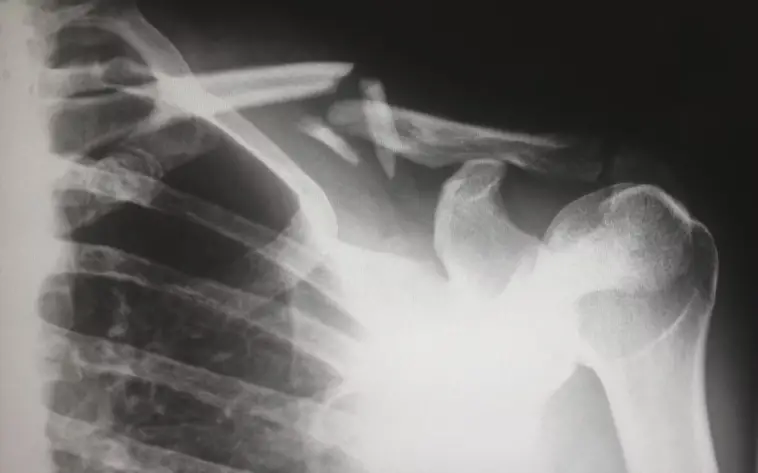A staggering 400,000 personal injury claims land on lawyers’ desks each year. But only 4% of these claims get a court date and trial.
Millions of Americans suffer personal injuries due to car accidents, falls, intentional violence, and other causes. Common injuries resulting in personal injury claims include brain injuries, deep cuts, whiplash, and broken bones.
Bone fractures are common in personal injury cases and result from trauma, accidents, and underlying medical conditions. Because of the myriad reasons behind bone fractures, it is crucial to understand how these injuries impact personal injury cases.
Traumatic Accidents
One of the primary causes of bone fractures in personal injury claims is traumatic accidents. These include the following:
Motor Vehicle Crashes
High-speed car crashes, pedestrian accidents, and motorcycle collisions can cause severe bone fractures. Depending on where the liability lies for the accident, the injured party may have a personal injury case.
Slips and Falls
Slipping and falling is another common reason for broken bones. When people slip, trip, or fall onto a hard surface, they can break or fracture an arm, wrist, hip, leg, or ankle. Suppose someone slips on a wet floor in a mall or grocery store and sustains a fracture. They could claim personal injury if there is no warning signage.
Sports Injuries
Sports injuries are a little trickier. For instance, some injuries come with the territory in sports like rugby, soccer, and athletics. Athletes often pull a hamstring, while rugby and soccer players have broken arms, legs, and even their necks while playing a game.
However, an injured party may be able to claim for personal injury if another player’s negligence causes a fracture.
Work-related Injuries
Sometimes, employees within a specific environment bring injury to themselves. They do this by operating machinery they haven’t had training on or failing to remove obvious hazards. Other workplace injuries, such as falling objects and construction site incidents, may be unintentional. These can all lead to bone fractures, often serious ones. These injuries often fall under workers’ compensation claims.
But if a company is liable for neglecting to train employees or provide protective gear, it may warrant a personal injury case.
Osteoporosis
Osteoporosis is a disease that causes bones to weaken. People with osteoporosis experience bone thinning and are much more prone to fractures. Most people only receive an osteoporosis diagnosis after they break a bone and receive treatment for it.
While osteoporosis cannot be the basis for a personal injury claim, fractures caused by other people’s negligence can be. Suppose an employee has osteoporosis and falls because of a hazard in the workplace. They may be able to open a personal injury case against the company.
Additionally, medications for osteoporosis, such as bisphosphonates, have been linked with an increased risk of femur fractures. Long-term use may cause those diagnosed with osteoporosis to suffer repeated fractures. These drugs may also be relevant in personal injury claims.
Child Abuse and Negligence
Unfortunately, child abuse is a scourge that continues to blight societies worldwide. And, often child abuse happens in places of safety such as children’s homes, orphanages, and daycare. If a child suffers a fracture or other injury in one of these places, guardians and people in authority have a case for personal injury on the child’s behalf.
It is essential, however, to differentiate between accidental injuries and those resulting from abuse. The same goes for skeletal injuries during medical procedures, such as cesarean sections. Birth-related fractures in infants are vastly different from child abuse fractures.
Sauna and Spa Injuries
Believe it or not, a day at a sauna or spa can lead to fractures and other injuries. People often slip and fall because the floor is wet inside a sauna room or while walking from one room to another between massages. Slips and falls are the leading causes of fractures in this scenario. Those injured can claim personal injury expenses if there are no warning signs of potential hazards inside or outside the rooms.
Transverse Fractures
Transverse fractures refer to bone fractures that occur due to falls or car accidents. The fractures cause the bone to break horizontally and usually need surgery to repair. If a person suffers a transverse fracture because of another driver or person’s negligence or actions, they may open a legal personal injury case.
Cause and Liability in Personal Injury Cases
In personal injury cases, the cause of a fracture must be determined accurately. Medical and legal professionals play a big role in establishing cause and liability in these cases. Understanding the causes and determining liability remains crucial for legal considerations for both parties in personal injury claims.




